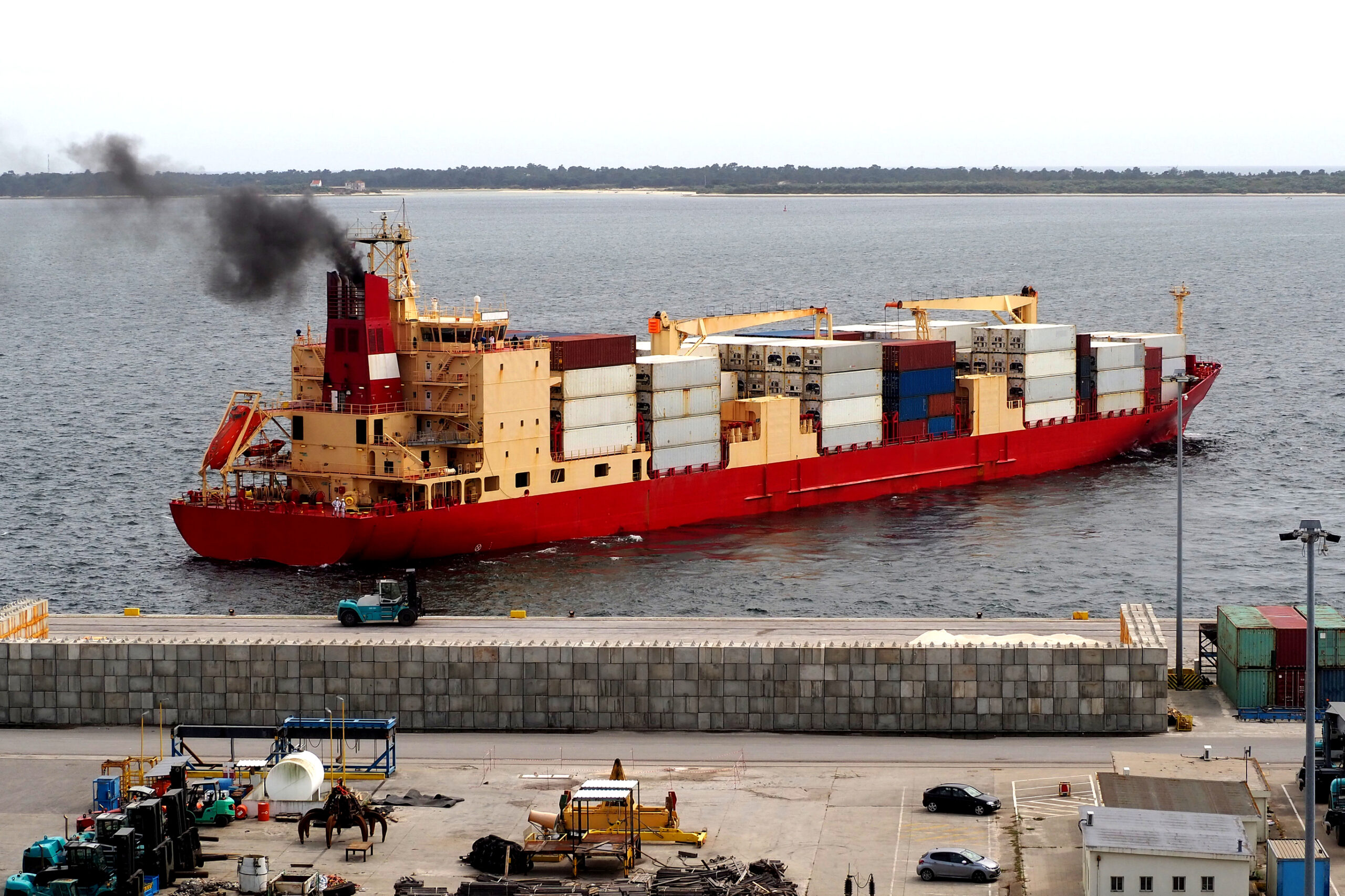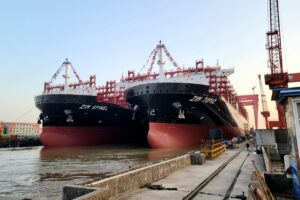The carbon emissions performance in ocean container shipping is showing signs of recovery following a record-breaking 12 months due to conflict in the Red Sea, according to new data from the ocean and air freight intelligence platform Xeneta.
The Xeneta and Marine Benchmark Carbon Emissions Index (CEI), which measures carbon emissions across Xeneta’s top 13 global ocean container shipping trades, has fallen below 100 points for the first time in 12 months to stand at 97.4 points in the second quarter of 2025.
The second quarter score of 97.4 is down 4.5% from the first quarter of 2025 and 7% from the fourth quarter of 2024 when the average index hit its highest ever level at 104.8.
“The Q2 2025 score represents two quarters of consecutive decline and a clear indicator of an improving picture for reducing emissions in ocean container shipping,” said Emily Stausbøll, Xeneta senior shipping analyst.
Record-breaking carbon emissions in 2024 was driven by conflict in the Red Sea, with the majority of container ships sailing longer distances around the Cape of Good Hope rather than transiting the Suez Canal. This caused severe deterioration in carbon emissions performance on trades connecting the Far East with ports in the Mediterranean, North Europe and to a lesser degree the North America East Coast and Gulf Coast.
The CEI is based on Q1 2018, meaning any reading above 100 indicates carbon emissions per tonne of cargo carried are above levels from that period. The fact the average CEI across Xeneta’s top 13 trades hit 104.8 in Q4 last year demonstrates the scale of the Red Sea impact.
According to Xeneta’s data, the Q2 2025 CEI score of 97.4 is still slightly higher than the 96 points recorded 12 months ago in Q2 2024. However, a more interesting comparison may be found with Q2 2023 – before conflict in Red Sea escalated in December of that year – when the CEI stood at 95.9.
The crucial context is the majority of container ships continue to sail around the Cape of Good Hope in 2025, yet carbon emissions performance on the top 13 global trades in Q2 this year has narrowed to being just 1.5% higher than Q2 2023 when most ships still transited the Suez Canal.
“This clearly demonstrates that, if there is a resolution to the conflict and the Red Sea opens up at large, carbon emissions performance at a global level would drop significantly below the levels seen in 2023,” Stausbøll noted.
The best scoring trades on the CEI are Far East to US East Coast at 71.2 and Far East to US West Coast at 71.1. The trade into the US West Coast, unaffected operationally by the Suez Canal, is now on its tenth straight quarter below 80 points. This is the only trade on the CEI to reach this milestone.
Meanwhile, the North Europe to South America East Coast trade is not operationally impacted by the Red Sea, however it recorded a CEI score of 114.4 in Q2 2025, up 15% compared to a year ago. The CEI score is based on emissions per tonne of cargo carried, with larger ships offering the highest efficiency.
In accordance with Xeneta’s data, carriers’ efforts to manage capacity in the wake of the US trade wars and global demand volatility saw an average ship size of 7400 TEU deployed on the trade from North Europe to South America East Coast in Q2, down 14% (or 1200 TEU) year-on-year, pushing emissions per tonne of cargo carrier up.



